Debt Markets Remain Open to the Data Center Industry, Says EdgeCore SVP
The asset class is a CRE bright spot, according to data center finance expert Julie Brewer.
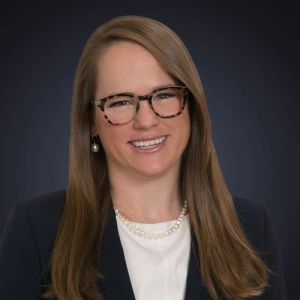
Julie Brewer believes data centers are a bright spot in the CRE industry, benefitting from the growth in infrastructure capital availability. Image courtesy of EdgeCore
Over the past few years, data centers have become increasingly popular among commercial real estate investors. Demand for data center capacity has grown exponentially, with private equity investments in the sector reaching record highs in both 2022 and 2023, according to Julie Brewer, EdgeCore‘s senior vice president of finance.
“Operators and their equity backers continuously seek to extend their capabilities, which have evolved as data centers have become mainstream,” Brewer told Commercial Property Executive.
As an expert with extensive finance and general management experience specific to the data center industry, she leads EdgeCore’s fundraising efforts in equity and debt capital markets. CPE asked Brewer to expand on what’s driving CRE investors to this highly coveted asset class, and weigh in on how data center developers are leveraging debt financing in today’s tight economic climate.
How has demand for data centers evolved? We’ve seen more and more traditional CRE investors and lenders enter the space—how has this influenced financing?
Brewer: Although data centers have been in operation for over two decades, they have only recently become broadly recognized in the real estate investing community. Even 15 years ago, a limited number of CRE investors and lenders were familiar with the data center space. Today, data centers are among the most popular CRE asset classes and growing at a rate faster than nearly any other asset class.
At a high level, commercial real estate assets are straightforward investments, with economics driven by cost to build, market lease rates, debt availability, and asset valuations. Like other CRE assets, data centers have unique characteristics, including robust power and cooling infrastructure on which data center tenants rely. Over time, CRE lenders and investors have become more familiar with the data center space, resulting in increased access to capital from traditional real estate sources.
READ ALSO: AI Drives Explosive Growth in Data Center Demand
Given the current high interest rates, how open are lenders to finance new projects in the data center sector? Is the rising demand for data center facilities transcending lenders’ caution?
Brewer: Current inflation and interest rates are certainly driving up costs, but the debt markets remain open to the data center industry. Data centers drove a solid portion of debt fundraising activity in the first half of 2023, and the pace has not slowed. Data centers are a bright spot in the CRE industry and benefit from the growth in infrastructure capital availability.
Despite the higher risk and higher cost investing climate, demand for data center capacity continues to reach record highs. As the industry has matured, lenders and investors alike have developed a stronger understanding of data centers. The industry has robust fundamentals that attract capital—high credit tenants, long-term leases, real assets that are usable across a wide base of tenants, and a tenant base that often invests significant amounts of their own capital in the data centers.
In such a competitive market, what unique value propositions or factors does EdgeCore present to lenders to instill confidence in the feasibility of its projects and the ability to service debt obligations?
Brewer: EdgeCore’s business model prioritizes growth and scaling to meet market demands and evolving customer needs. As a developer that designs for density, we provide the bigger pieces like secured power with a runway for growth, making EdgeCore more of a solutions provider. We have a proven track record of delivering for the world’s largest tenants in some of the largest data center markets. Our key vendor relationships further add to our delivery capability.
Our facilities are constructed using green building standards, and we offer our customers valuable tax incentives, wherever possible. Serving the world’s largest cloud and technology companies, we build data centers in areas that maximize the pool of potential customers while designing them to performance standards.
The financing community also understands the importance of green power. Green bonds are on the rise as they are more sustainable and meet the underlying demand to achieve a greener environment. We see this demand from all angles—our customers, our investors, our lenders, and the communities in which we operate—and this can be achieved through additional tools such as Power Purchase Agreements where power is purchased and Renewable Energy Credits are generated by the project.
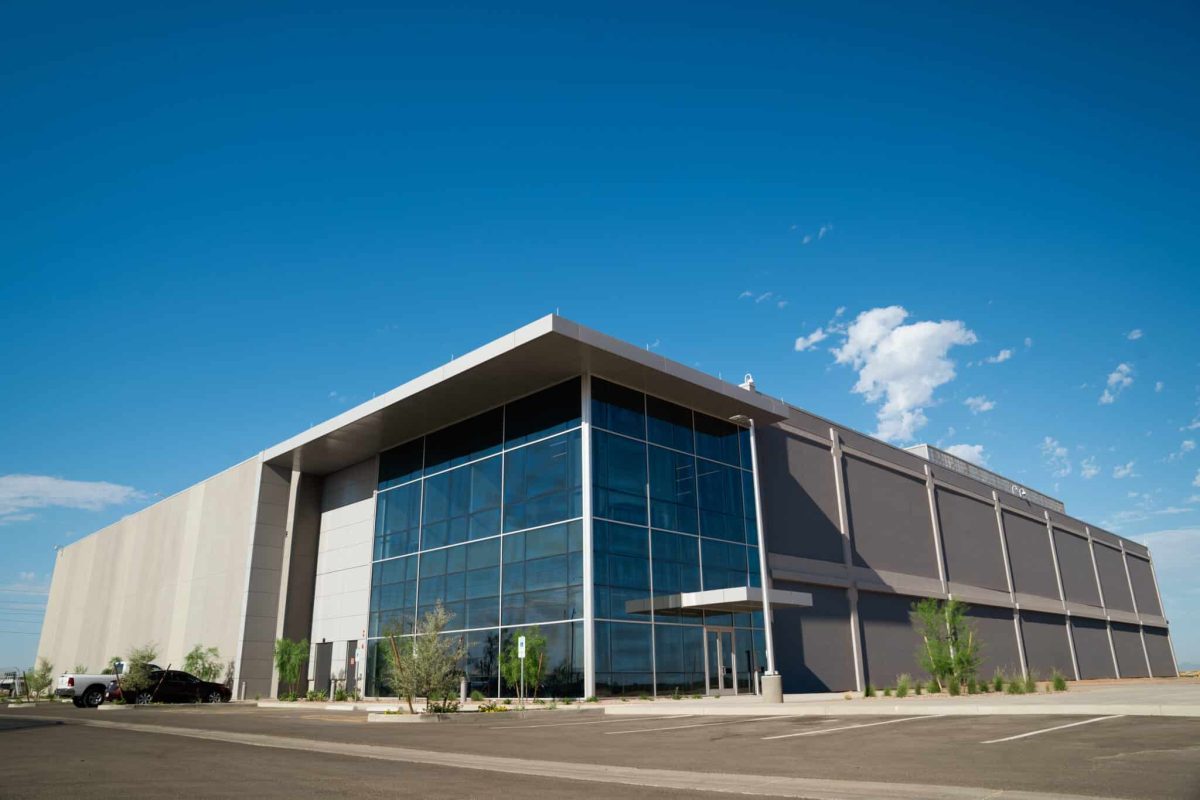
EdgeCore’s 200-megawatt campus in Mesa, Ariz., was among the first facilities the company developed since its inception in 2018. Image courtesy of EdgeCore Digital Infrastructure
How has EdgeCore navigated the challenges in securing debt financing so far this year?
Brewer: EdgeCore Digital Infrastructure has leveraged our proven reputation in the market alongside our financial sponsor Partners Group. Despite a volatile capital marketplace, EdgeCore has maintained strong relationships and kept pace with the evolving debt markets to ensure access to the liquidity that we need.
Last year, Partners Group committed to invest up to $1.2 billion in the acquisition and recapitalization of EdgeCore. Has your strategy changed following this deal?
Brewer: Following the Partners Group acquisition, EdgeCore is surging on the buildout of our existing portfolio of campuses, acquiring more land parcels in North America that can support a minimum of 300+ MVA of power, and expanding our sustainability initiatives. Our new standard and scalable building design can flex from 36 to 144 megawatts per data center.
The strength of the Partners Group commitment accelerates the growth of EdgeCore’s platform while enhancing data center infrastructure and services for our customers. This helps us better support both the longevity and development of our campuses and enables further development of data centers across new markets.
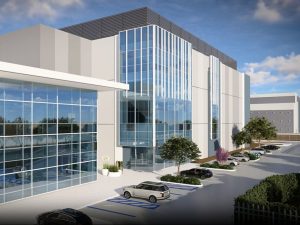
In August, EdgeCore broke ground on its newest facility, in Reno, Nev., which is expected to come online in 2025. Rendering courtesy of EdgeCore
What projects and areas is EdgeCore focusing on? How are you preparing to support AI requirements?
Brewer: Our current projects are in four markets across the U.S., including Phoenix; Reno, Nev.; Northern Virginia and Silicon Valley. EdgeCore’s campus in Mesa, Ariz., covers 1.1 million square feet with the capability to support more than 200 megawatts of critical load, and our Reno campus supports 216 MW of critical load across more than 1.5 million square feet. The scales of EdgeCore’s Mesa and Reno campuses are well-situated to support the requirements of AI.
As one of the largest and most critical data center markets, EdgeCore also provides services to Silicon Valley as part of our recent expansion in January of this year. Upon completing our LEED-designed data centers in Santa Clara, Calif., the campus will support 72 MW of critical load across 540,000 square feet.
Investors and lenders want to ensure the power supply is available to support the development plans and commitments operators make on their campuses. EdgeCore and each member of our team have a proven ability to develop land and secure power for scalable data center campuses, and our current campuses are no exception. Each campus has a secure pathway to power resulting from close collaboration with utility providers.
AI deployments are poised to contribute greatly to demand for more data center space. To what extent do you expect this trend to influence the data center sector? Is it already impacting EdgeCore’s strategy?
Brewer: Generative AI is disrupting all businesses, including data centers. AI is adding to data center demand that’s already strong. However, it’s still in its early stages; the future of AI remains subject to a wide array of factors, including power availability, government regulation, and further development of specific use cases and the large language models that underpin the products.
There’s still much to be discovered when it comes to supporting physical requirements for space and power for generative AI. EdgeCore is ready to meet the challenges and opportunities presented by this growing segment of the economy with our scalable campuses and data center facilities that are designed for density.

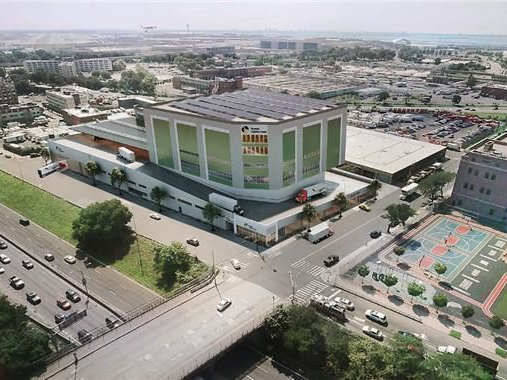


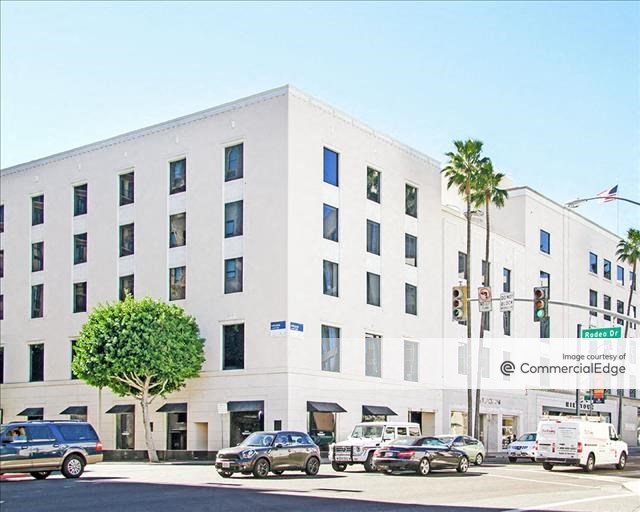

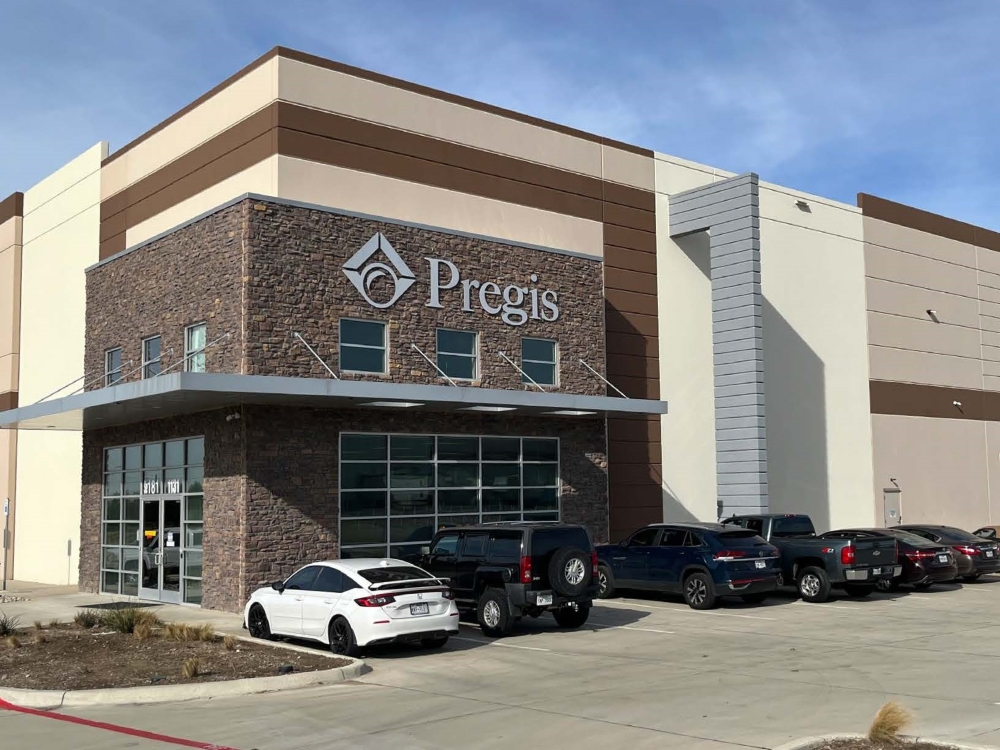
You must be logged in to post a comment.